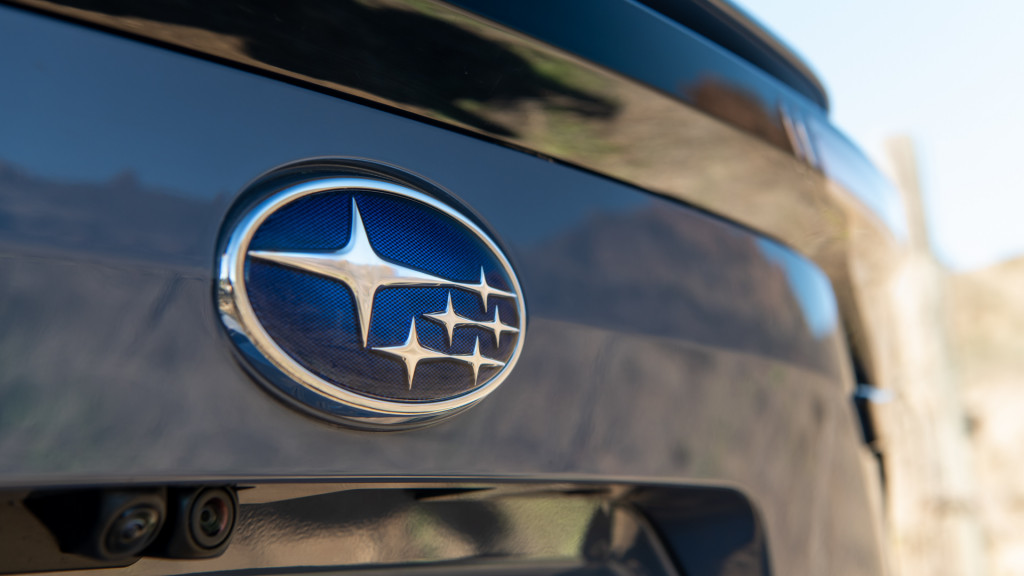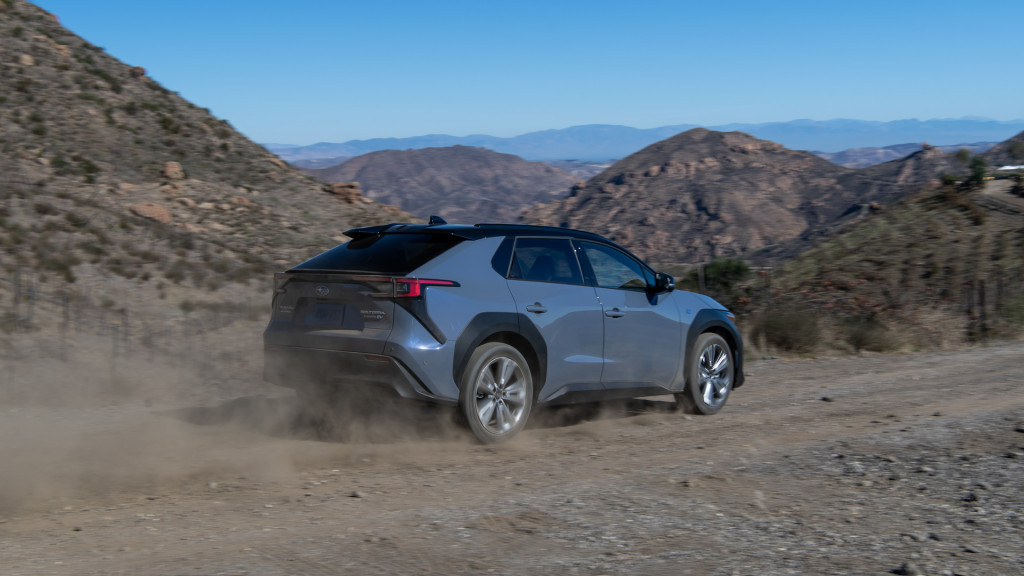Subaru is unlikely to follow other automakers in moving EV production to the United States to align with new tax-credit rules, according to a recent Automotive News report. And the automaker is blaming, among other things, McDonald's.
The recently passed Inflation Reduction Act (IRA) makes North American assembly one of the requirements for the full $7,500 federal EV tax credit. Not qualifying for the credit could put Subaru at a disadvantage in what is by far its biggest market.

2023 Subaru Solterra
But during Subaru's third-quarter earnings call, CEO Tomomi Nakamura said rising wages caused in part by inflation would make a second U.S. plant prohibitively expense. Subaru already has a factory in Lafayette, Indiana, that currently builds gasoline-powered Ascent, Impreza, Legacy, and Outback models.
"In Indiana, part-time workers at McDonald's earn $20 to $25 per hour, which is in competition with temporary workers make at our plant," Nakamura told Automotive News and other media on the call. "If we were to build a new plant, it would be very difficult to hire new people for that."

2023 Subaru Solterra
Not all Japanese automakers agree with these sentiments. Honda recently committed to an electric vehicle manufacturing hub in Ohio, including U.S.-made batteries and the future assembly of EVs for the Sony-Honda joint venture. Even before the IRA, Nissan made a big commitment to make future EVs in Mississippi, starting in 2025.
A number of automakers have indicated that the IRA may accelerate the timeline for U.S.-built EVs. Hyundai, for instance, recently indicated that its upcoming Georgia EV plant may be boosted from 300,000 vehicles annually to 500,000 in the future, with Kia models to be made there, too. These makers have noted no issues with labor and pay.

2023 Subaru Solterra
In 2020, Subaru announced that by 2030, 40% of its vehicles, globally, would be EVs and hybrids, while it aims to go all-EV by the mid-2030s.
The 2023 Solterra is Subaru's first mass-market EV, based on engineering shared with Toyota, and it went on sale this year. Its other plug-in vehicle is the Subaru Crosstrek Hybrid, which despite the name is actually a plug-in hybrid.











